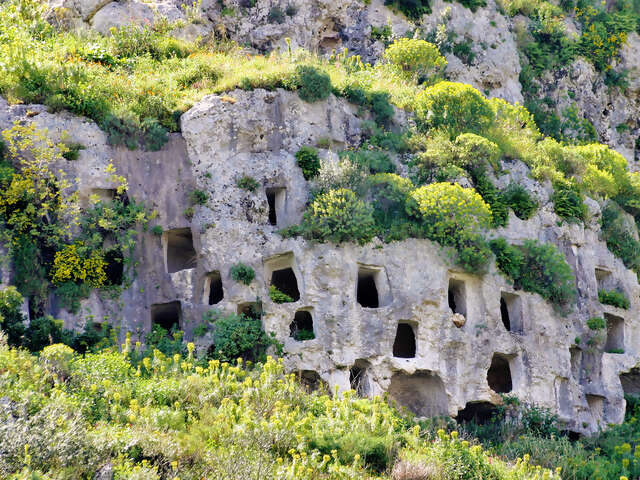A Peek Into the Past at the Los Angeles County Museum of Art
Posted on 05/08/2015 | About Los Angeles, California

A million visitors every year, 100,000 works spanning over hundreds of years, art exhibits, and film and concert series are all things synonymous with the Los Angeles County Museum of Art. This is the largest museum on the west coast of United States.
The Museum boasts a collection of art that spans the entire 7 continents. From Modern Art, American and Latin Art, Asian Art, Greek Roman Art, Decorative Art and Designs, to Permanent Art Installations and Photography and Film; a visitor will be spoilt for choice.
The Museum has also had a successful run on the exhibition front, with the 1978 exhibition of Treasures of Tutankhamun drawing over 1.2 million in 4 months while the Tutankhamun and the Golden Pharaohs in 2005 drew visitors in excess of 900,000 people. Other notable exhibitions are those of the master painter, Van Gogh
The main source of funding to the museum is the individual donors. Others include; Art Councils, LACMA exhibition Galas, Collectors committees among others
The Los Angeles County Museum of Art was opened in 1961 to replace the older Los Angeles Museum of History, Science and Art that had been opened in 1910. In 1994, LACMA increased the size of the museum by 30% by purchasing an adjacent May Department store
By 2004, LACMA board agreed to completely restructure the museum by having the old building demolished and replaced with a new one designed by the famous architect, Renzo Piano. The renewal process was to take three phases and by 2009, the first two phases were completed. The Museum is undergoing the final phase.
The LACMA is a very popular destination among the art fans. It also happens to be a learning center and you can therefore expect huge student populations from all over the world. Apart from this, the Los Angeles County Museum of Art is a nice place to learn the world history.
This is one of the must visit places in Los Angeles. Make sure you have enough time to sample all the contents of the great museum.





